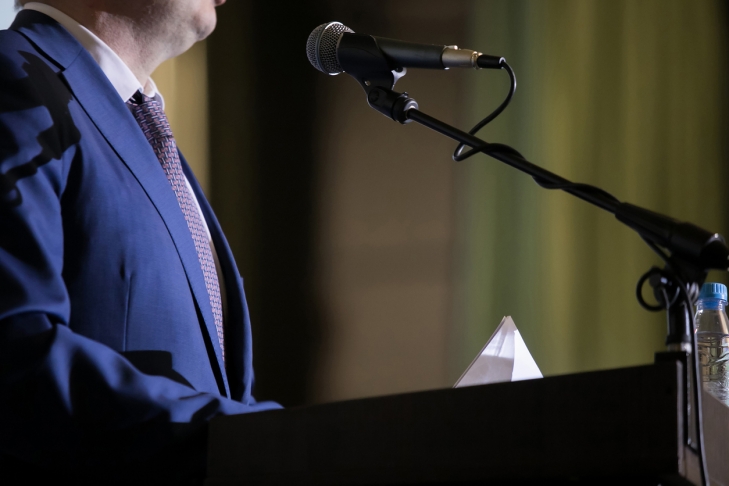
Communications heads should have a seat in boardrooms to facilitate strategic communication. But they need to demonstrate how communications drive business
In a recent report by the Institute for Public Relations (IPR) titled “The 2021 IPR Future of Communications in Asia report”, the ongoing COVID-19 pandemic was found to have “accelerated the transformation of the communications function in Asia”. From the need for authentic and speedy communication on disparate social media platforms – WeChat; WhatsApp; QQ; LINE; KakaoTalk – to expectations of executive visibility, effective strategic communication is increasingly viewed as a necessity.
The report, which was built on the interviews of 27 senior communications executives at Asian-headquartered companies, and three focus groups with nearly 20 senior communication leaders, further uncovered a perennial bugbear for communications folks in Asia: “The communications function in Asia has been perceived primarily as a press function [and] that communicators were traditionally seen as ‘order takers’ to be brought in at the end of a process.”
Yeo Su Lin, Associate Professor of Communication Management (Practice) at the SMU Lee Kong Chian School of Business, is one of the authors of the report. She notes that heads of the communications department at Asian companies often do no report directly to the CEO, which she says must change.
“If the communications head is right- or left-hand person of the CEO, the two-way exchanges given the proximity to the CEO will help to enlighten the latter’s understanding of stakeholder collaboration and the changing nature of influence in our hyper-connected world,” she tells Perspectives@SMU. “Business leaders must recognise that a strong and favourable corporate reputation is the only way to ensure long-term business survivability today.”
Getting a seat in the boardroom
A favourable corporate reputation, Prof. Yeo observes, requires paying attention to all stakeholders. Customers and society in general want to know a company’s stance on issues such as sustainability and societal issues, so much so that the report highlights:
“Most participants in this study said that their functions are increasingly being asked to weigh in on these issues as well as other critical issues that will affect the business in the future, such as the impact of regulations and legislations on the company’s brand and reputation.”
To do so effectively requires an invitation to communications folks into the boardroom to facilitate strategic communications, says Prof. Yeo. At the moment, few communications heads have such a seat.
“I think this has to do with 1) how society perceives the discipline of communications, and 2) training and competence of communications professionals,” explains Prof. Yeo. “Communications heads need to understand that to be invited to the boardroom, you have to first educate and demonstrate the importance of communications to senior management and how this function adds value.”
She adds: “In addition to having the craft and technical skill sets in communication, we also need to be strategic thinkers who are multi-disciplinary and knowledgeable in business. Oftentimes, we prefer to take orders because we give ourselves excuses such as, ‘I am not trained in finance, business etc.’ which is unfortunately true because many folks opt to do communication because they do not want to have anything to do with content such as numbers or technicalities.
“As a result, our colleagues will not be able to appreciate the value that communication can bring to the table. That is because business decisions to retain and win over customers affect every stakeholder group significant to the organisation and offering perspectives on how other groups can be affected by corporate decisions that can impact bottom-line is highly valuable.
“Communications heads who have the ears of CEOs, get invited and have a seat in the boardroom are usually those who can strategically demonstrate how communication drives business.”
Managing the hierarchy
On a related note, Prof. Yeo observed in the report that “many Asian societies adhere tightly to hierarchies and deference to authority”, which gets in the way of quick and decisive action in managing crisis or fake news that go viral on social media.
“Asia will not transform overnight, and Asia is steeped in hierarchies,” she acknowledges. “Nevertheless, you can still keep the structure and practice strategic communication if business leaders recognise the importance of roles, not titles or designations. Power is allocated to the roles that best advances corporate outcomes.”
“For example, the head for communication may report to another member in the C-suite for administrative purposes but if he or she has dotted line to the CEO and takes direct instructions also from the CEO, this works too.”
She concludes: “Asian companies can still have a hierarchical structure that reflects societal norms but keep it fluid and focused on roles that can best achieve the company’s business and social objectives; and that requires a paradigm shift needed to understand business models that best aligns with the rise of the stakeholder society in Asia.”
Follow us on Twitter (@sgsmuperspectiv) or like us on Facebook (https://www.facebook.com/PerspectivesAtSMU)
Last updated on 30 Sep 2021 .

